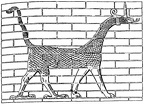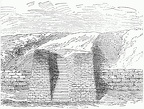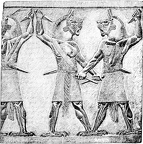7 photos
-
Chaldea
19 photos -
Ancient Persia
7 photos -
Ancient Rome
82 photos -
Ancient Egypt
140 photos -
Ancient Greece
93 photos -
Assyria
33 photos

 A City Captured and the Inhabitants Led Away Captive
A City Captured and the Inhabitants Led Away Captive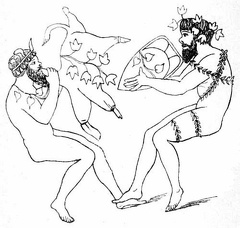 Etruscan mode of drinking
Etruscan mode of drinking Hittite God
Hittite God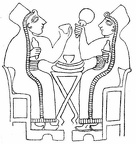 Hittite ladies drinking
Hittite ladies drinking Atys - the Phrygian shepherd
Atys - the Phrygian shepherd Asiatic Monarch
Asiatic Monarch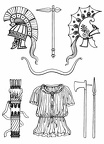 Phrygian helmets, bow, bipennis, quiver, tunic, axe and javelin
Phrygian helmets, bow, bipennis, quiver, tunic, axe and javelin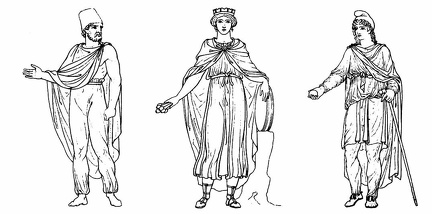 Sarmatian - Vesta - Paris
Sarmatian - Vesta - Paris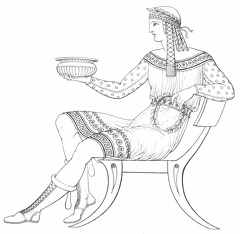 Phrygian attired for a religious rite
Phrygian attired for a religious rite Phrygian Lady
Phrygian Lady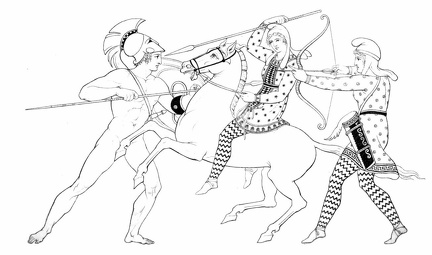 Theseus - Hyppolita - Deinomache
Theseus - Hyppolita - Deinomache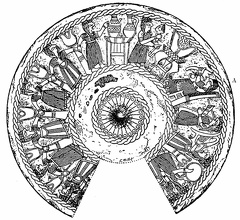 Phoenician patera
Phoenician patera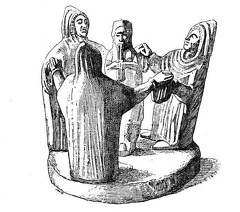 Cyprian limestone group of Phoenician dancers
Cyprian limestone group of Phoenician dancers Single perforated pipe
Single perforated pipe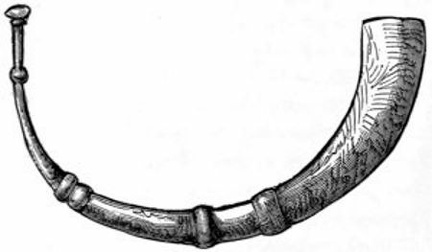 Etruscan cornu
Etruscan cornu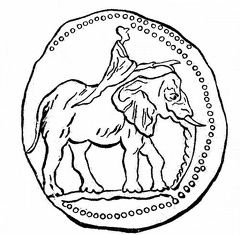 The African elephant (Elephas Africanus) with rider mounted on its back
The African elephant (Elephas Africanus) with rider mounted on its back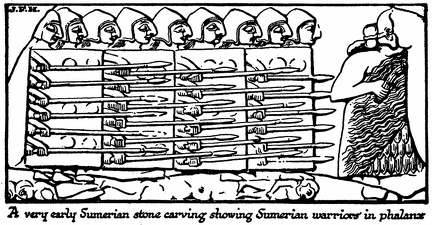 Sumerian Warriors in Phalanx
Sumerian Warriors in Phalanx Scythian Types
Scythian Types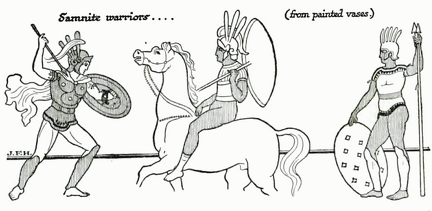 Samnite Warriors
Samnite Warriors Macedonian Warrior
Macedonian Warrior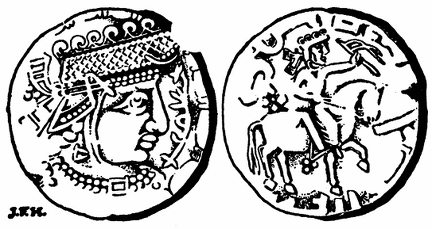 Ephthalite Coin
Ephthalite Coin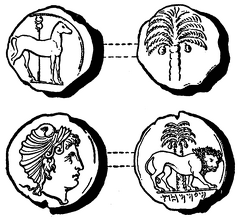 Carthaginian coins
Carthaginian coins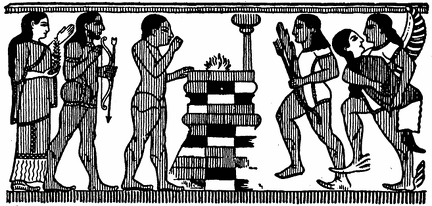 Burning the Dead - Etruscan Ceremony
Burning the Dead - Etruscan Ceremony




